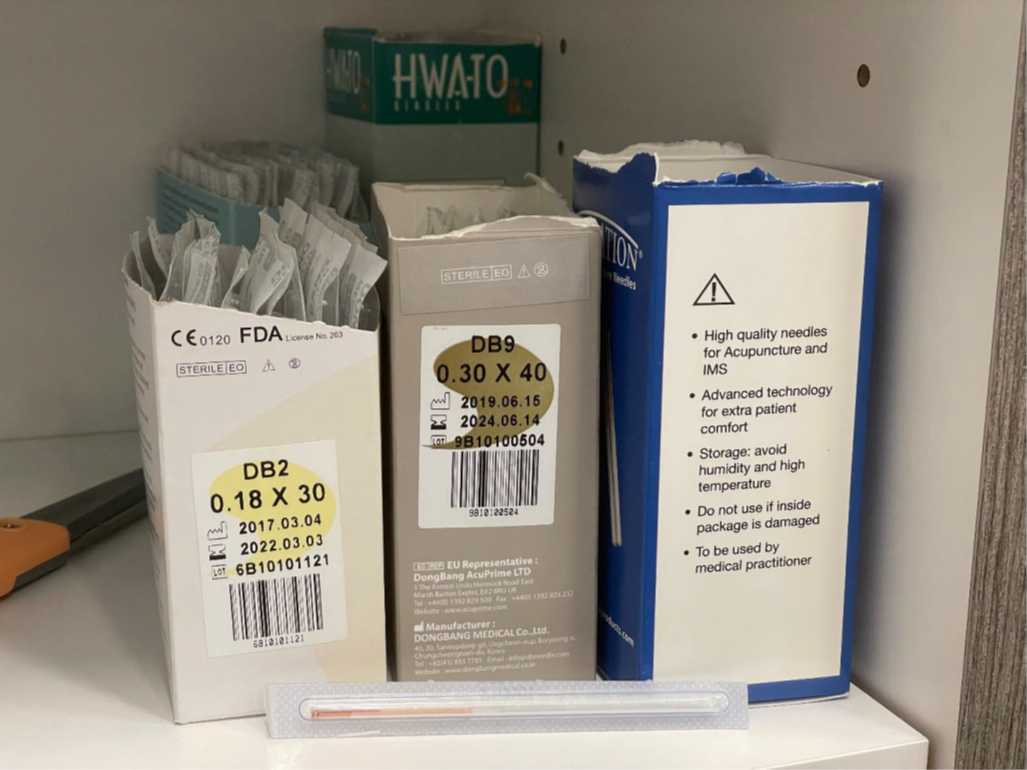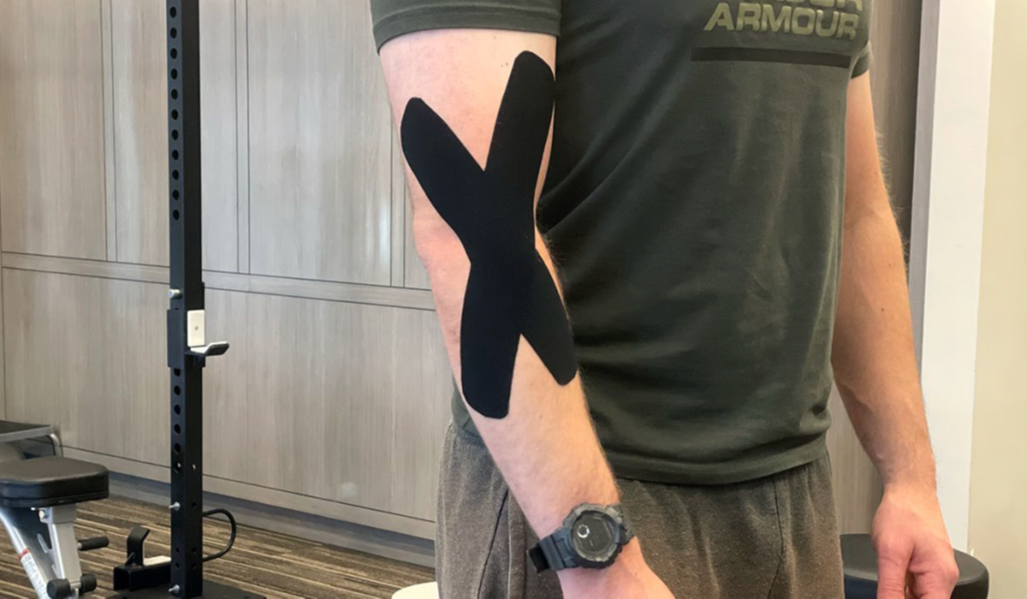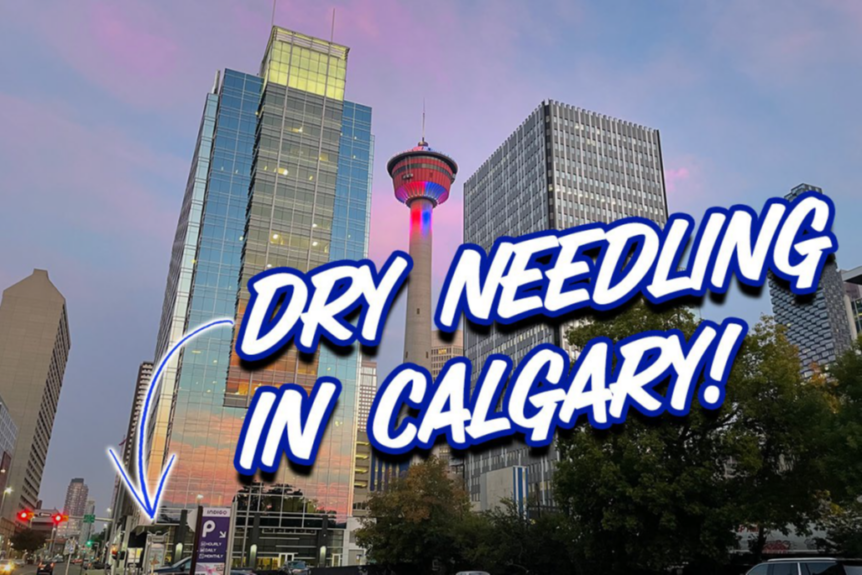The city of Calgary is filled with numerous healthcare clinics and practitioners who are quite skilled at dry needling. Here at Tower Physiotherapy & Sports Medicine, we believe we are one of those clinics with skilled practitioners.
Whether you choose to visit us, or any other clinic, we want you to get the most out of your dry needling experience so that you can get out of pain as quickly as possible. We care about you. As such, this article will provide some powerful tips to help you recover faster after a dry needling session.
To get the most out of your dry needling treatment, you’ll likely want to:
● Follow up the rest of your day with gentle, pain-free movement to the treated muscles,
● Consider using heat over the area that was needled
● Apply kinesiology tape over the treated area
● Avoid strenuous activities to the treated area for the remainder of the day
Any dry-needling certified healthcare practitioner can help you with these tips, and the good news is that these are simple tips that can make major differences in improving your overall rate of recovery while minimizing post-treatment soreness.
Now, If you want to know why (and how) these tips work AND want to know the additional recovery methods we can offer you here at Tower, such as our class IV K-laser and our Storz Medical Shockwave, keep on reading!

At Tower, we use a variety of different needles based on the needs and conditions of the patient.
As we dive into the insight within this article, keep in mind that every individual’s treatment and post-treatment experience is unique. As such, it’s best to ask your healthcare practitioner directly for any questions or concerns you may have regarding your dry needling experience. We like providing generalized information in our blog posts, but it’s always best to have your specific questions answered by a qualified professional.
What follows below are some general strategies we provide our patients with to help them get the most out of their dry needling experience.
Expecting some soreness
When it comes to dry needling (also commonly referred to as intramuscular stimulation, or IMS for short), one of the most common (and critical) pieces of education we provide our patients is to expect a mild soreness to the treated area. The key is that the treated area should only be mildly sore (not painful) and achy for the first handful of hours following treatment.
It’s important for patients to understand that not all hurt equals harm. In the case of dry needling, the feeling of a mildly sore or achy muscle can signify that a positive change has occurred to the muscle(s) which received dry needling.
For many patients, simply being aware of this can put their minds at ease and help them feel better about the treatment process. Of course, we don’t want you to experience pain after your session, but mild soreness is quite normal and perfectly acceptable. Even if you’re experiencing soreness that is more on the moderate side, no harm is being done – it’s just a bit more annoying or frustrating to put up with, so we like to keep it on the mild side.
The good news here is that this mild (and even moderate) soreness can often be significantly alleviated and shortened in its duration by taking a few key steps right after your treatment, which your therapist can certainly help out with. The result is an overall recovery that is quicker, more effective, and requires fewer overall treatments.
Let’s look at these in a bit more detail!
Keep yourself moving
Generally speaking, engaging in gentle, pain-free movements after your dry needling physiotherapy session can help alleviate the post-treatment soreness that’s often experienced.
Gentle, low-grade-intensity movement can help elevate and encourage blood flow into the muscles. A muscle that receives adequate blood flow is a happy muscle. As an added bonus, elevated blood flow into a muscle will keep it warmer than if it were sitting still.
By performing frequent, low-grade-intensity movements, you’ll also prevent your muscles from feeling stiff; when you give your muscles and tendons permission to sit still, they will often feel even more stiff or immobile.
Here are some general movement concepts to consider implementing after your needling session:
● Perform slow movements through as large of a range of motion as possible without incurring pain or higher levels of discomfort. They don’t have to be specific exercises – just general movements to the muscle(s) that have been recently treated.
● You can likely consider performing gentle stretching exercises; just keep them on the gentle side. Ask your therapist for specific stretches you could try if you need assistance with this.
● Try performing your low-intensity movements or stretches numerous times throughout the day. Every half hour to hour is likely within reason, but it will depend on what’s practical for you.
● Don’t worry about counting sets or repetitions for these movements (you can if you want, though); rather, just aim for a general timeframe of twenty to sixty seconds of easy moving. Don’t get super focused on exact times; just perform your movements or stretches until you feel like the muscle(s) are feeling slightly less achy or stiff.
Heat works wonders
We won’t get into the nitty-gritty details here of how heat can alleviate muscle soreness. But, we feel it’s worth having the basic awareness of heat being an effective way to reduce muscular soreness or achiness.
In a basic sense, applying heat to muscles will help to create the following changes to your sore muscles:
● Increase the amount of blood coming into the muscle by expanding (dilating) your blood vessels.
● Decrease the viscosity (thickness) of the fluids around the muscles and tendons, reducing stiffness and improving movement.
● Decrease the perception of pain/discomfort/aching by overriding the signals of discomfort being sent to your brain with signals of heat and warmth.
Tower tip: The phenomenon of essentially “distracting” your brain from pain by overriding it with different (and more pleasant) neurological signals is known as the gate control pain theory.
How often and for how long you’ll want to heat the recently treated area can depend on different factors. Still, as a general rule, you can consider heating the area every hour for twenty or thirty minutes at a time using a hot pack. Just make sure you’re not heating your skin to the point where using the hot pack is painful or otherwise irritating your skin.
Use K-tape afterwards

Kinesio tape often works wonders for conditions such as tennis elbow right after its been needled. Kinesiology tape (often shortened to K-tape) is a secret weapon in the war on muscle discomfort. I personally feel it’s frequently underutilized, as it often significantly reduces muscle discomfort when applied appropriately.
Kinesiology tape can be utilized in different ways and for different reasons. In the case of reducing soreness or aching following a dry needling treatment session, it can be applied for similar reasons as to using heat, which can stimulate the nerve endings in your skin, which override the pain signals coming from your muscles underneath.
Applying the tape over or along the sore muscle is generally all it takes. If a muscle is quite tender or sore, adding a second strip perpendicular (creating an “X” pattern) can help even further, with the center of the X being over the most tender portion of the muscle.
While it won’t provide added warmth to the muscles, the advantage of using K-tape is that it can stay on your skin all day long. As such, you can carry on with everyday life without having to find time to sit still and keep a hot pack on your skin.
And, just so you’re aware, you can apply a heat pack over kinesiology tape, if you’d like.
Avoiding strenuous activities
Another way to get the most out of your dry needling treatment(s) is to ensure that you’re avoiding strenuous activity or activities for the remainder of the day (or at least until any post-needling soreness has subsided).
The objective of traditional dry needling is to help tight, immobile muscle tissue to relax by decreasing its overall tone (resting state of tension). Think of it as trying to take a very hyperactive muscle and getting it to calm down a bit more.
If you wanted to take a very hyperactive individual and help them calm down, placing them in a loud, bright and stimulating environment would not be the way to do so; you’d want a more quiet and calm atmosphere. Similarly, ensuring a hyperactive muscle calms down is best done by avoiding intense activities that only further wind it up or cause it to become excited.
As stated in the first tip within this article, gentle movement works wonders, but the movement that requires the muscles to work in a more aggressive manner (especially repeatedly) will likely only prolong your muscle soreness, and it may even keep the muscle in an overly active state.
As such, avoiding strenuous activities (working out, etc.) is probably the better move to make until your post-needling soreness has subsided.
Additional treatment strategies at Tower
At Tower, in addition to dry needling, we often utilize additional therapeutic interventions within a single treatment session. While we love using our needles, we always want to ensure that they are appropriate for helping treat the underlying cause of your pain. We don’t believe in cookie-cutter approaches; we make sure each individual’s plan of care is individualized to their needs.
We often find that additional modalities, such as our K-laser and shockwave therapy, help create a synergistic response for our patients. Additionally, we often utilize manual therapy techniques and therapeutic exercises, all of which can greatly accelerate a patient’s recovery.
And don’t worry, our treatments are flat rate; we never charge extra for additional treatment interventions or modalities.
Conclusion Remarks
If you’re looking for any dry needling treatments here in Calgary, we’d be more than happy to help you on your path to recovery. Above all else, however, we simply want you to get the most out of your needling sessions, whether with us or with any other qualified practitioner.
We hope you’re able to give these tips a try, if appropriate for your condition; they can offer noticeable benefits which can significantly reduce the overall number of treatments you require while on your path to recovery.

